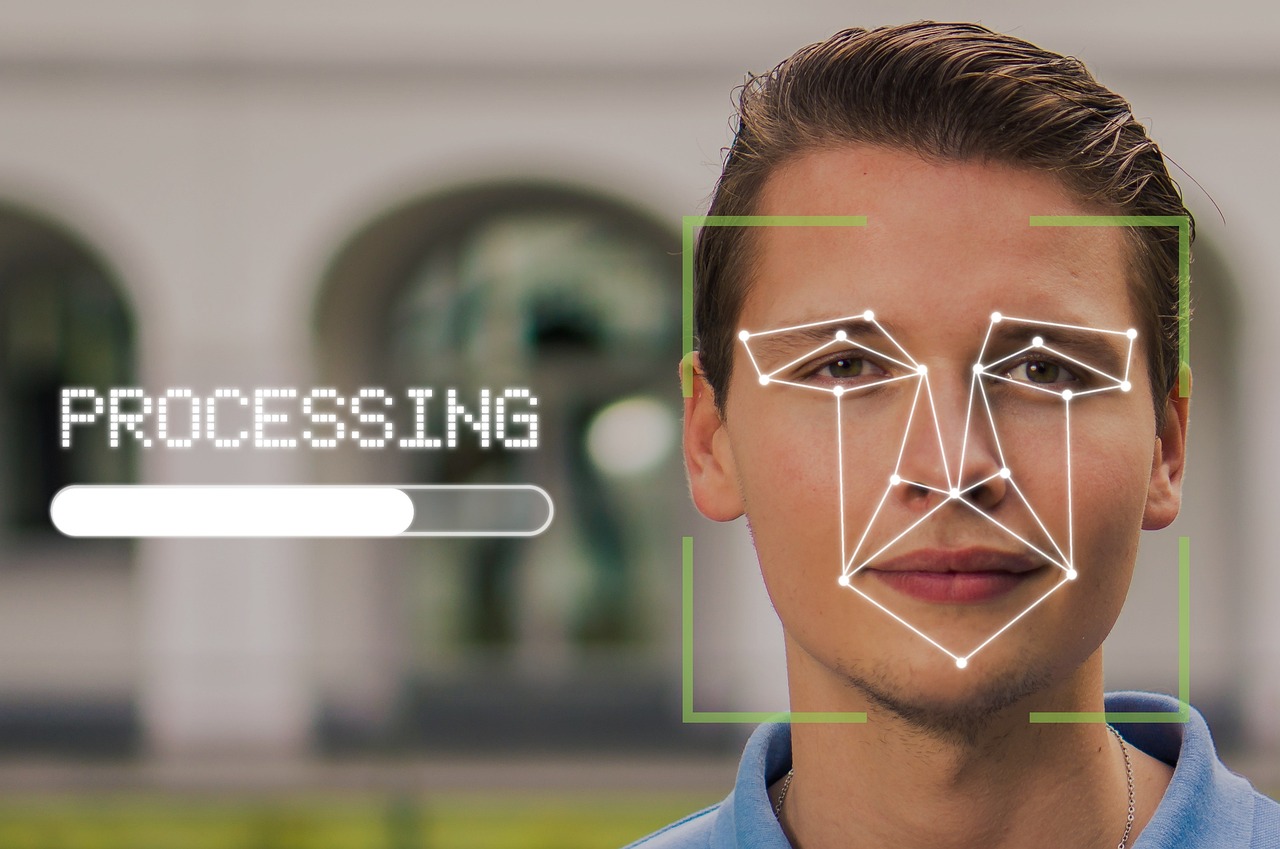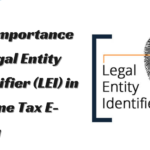What Are the Benefits of Face Recognition Technology Evaluation Results?
In Short:
- Training Ground for Developers: Evaluation results provide developers with benchmarks to improve the accuracy of face recognition algorithms.
- Addressing Diversity and Bias: Evaluations identify and address biases, promoting fairness and inclusivity in face recognition technology.
- Transparency and Innovation: Evaluation reports drive transparency, accountability, and innovation in the development and use of face recognition systems.
Face recognition has emerged as a potent tool with many use cases. From personalized experiences to security and surveillance, they are used almost everywhere. The technology has garnered colossal attention and adoption. This is mainly due to its capability to authenticate and identify people based on their facial features.
However, concerns regarding privacy, accuracy, and bias have also emerged. Luckily, organizations such as the National Institute of Standards and Technology have been established to address these concerns and ensure the enhancement and advancement of reliable face recognition algorithms.
Neurotechnology’s example of FRTE 1:1 Verification offers more insights and details. Let’s discover some top benefits of face recognition technology evaluation results.
The Benefits of Face Recognition Technology Evaluation Results
Face recognition technology evaluation results hold significant benefits. They act as training grounds for developers of face recognition systems. They offer reliable benchmarking for the accuracy of face recognition.
And what is more? They confront face recognition algorithms with additional challenges to explore how they perform in different conditions. These results provide a comprehensive list of developers. This list features all contenders ranked from the highest to lowest performers. Additional benefits include the following:
Improve the Ability to Recognize Faces Correctly
Algorithms that undergo evaluation tests and emerge on top of the list as the most accurate ones correctly recognize faces across different variations, including:
- Occlusion
- Expression
- Illumination
- Pose
These results allow developers and providers of face recognition systems to enhance the accuracy of their algorithms. That means their systems can play a vital role in sensitive use cases like:
- Access control
- Border control
- Law enforcement
Address Diversity and Bias
Another vital aspect is addressing diversity and bias. Face recognition evaluations analyze algorithm performance across various demographic groups to identify potential sources of bias and accuracy disparities.
By highlighting the need for inclusivity and fairness in face recognition algorithms, face recognition evaluations by institutions like the National Institute of Standards and Technology contribute to the creation and availability of unbiased biometric technologies, boosting algorithm robustness and advancing bias mitigation.
Promote Transparency and Accountability
Face recognition evaluations promote accountability and transparency by providing comprehensive reports on the performance of algorithms, which are available publicly. This transparency allows stakeholders to make information-driven decisions. Also, it helps foster public trust in the ethical and responsible use of face recognition technology.
Drive Innovation and Advancement
Furthermore, face recognition evaluation results drive advancement and innovation. The insights gained from the FRTE 1:N identification evaluation process contribute to the collective knowledge in the biometrics field and guide policymakers in formulating standards and regulations, ensuring ethical and responsible use of face recognition algorithms.
Face recognition evaluation results ensure users of these algorithms have access to accurate and reliable systems. If you’re after a dependable and precise face recognition system, choose one that ranks best in NIST evaluations.
Conclusion:
Face recognition technology evaluation results are instrumental in enhancing face recognition algorithms’ accuracy, fairness, and transparency. By providing benchmarks, addressing bias, promoting transparency, and driving innovation, these evaluations ensure this powerful technology’s ethical and responsible use.
FAQs:
Q: Why are face recognition evaluation results essential?
A: Evaluation results provide benchmarks for developers to enhance algorithm accuracy, address bias, promote transparency, and drive innovation in face recognition technology.
Q: How do evaluation results address bias in face recognition algorithms?
A: Evaluation results analyze algorithm performance across demographic groups, identifying potential biases and guiding the development of more inclusive and fair algorithms.
Q: How do evaluation reports promote transparency and accountability?
A: Evaluation reports are publicly available, providing comprehensive information on algorithm performance, fostering public trust, and enabling stakeholders to make informed decisions about the use of face recognition technology.

















